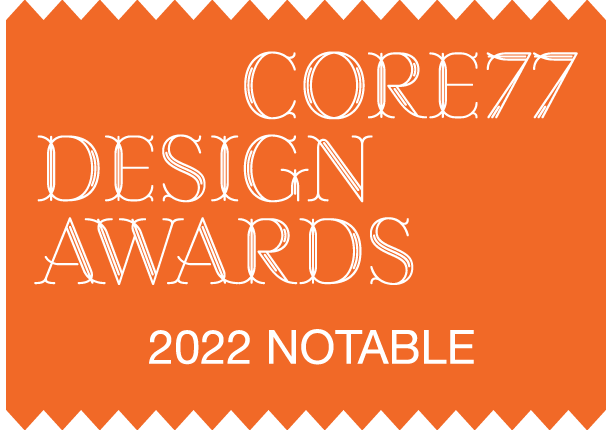Resources
Materials for these cards are drawn from:
Gendered Innovations in Science, Health & Medicine, Engineering, and Environment. Please see the full case studies Inclusive Crash Test Dummies, Facial Recognition, Machine Learning, Osteoporosis in Men, Virtual Assistants, Smart Mobility, Menstrual Cups, Water Infrastructure, Gendering Social Robots, Marine Science, Haptic Technology
References:
Bailey, I.J. (2018) How Implicit Bias Works in Journalism. http://niemanreports/org/argicldes/how-implicit-bias-works-injournalism/
Buolamwini.J & Gebru, T. (1028) Gender Shades: Intersectional Accuracy Disparities in Commercial Gender Classification.
https://proceedings.mlr.press/v81/buolamwini18a.html. And the video Gender Shades. http: gendershades.org/
Crenshaw: Demarginalizing the Intersection of Race and Sex: A Black Feminist Critique of Antidiscrimination Doctrine, Feminist Theory and Antiracist Politics. In University of Chicago Legal Forum, 140 (1),139-167 .https://chicagounbound.uchicago.edu/cgi/viewcontent.cgi?article=1052&context=uclf
Feiner, J. R. et al. (2007). Dark Skin Decreases the Accuracy of Pulse Oximeters at Low Oxygen Saturation: The Effects of Oximeter Probe Type and Gender. Anesthesia & Analgesia, 105 (6), S18-S23. https://pubmed.ncbi.nlm.nih.gov/18048893/
Garg, N., Schiebinger, L., Jurafsky, D. & Zou, J. (2018). Word Embeddings Quantify 100 years of Gender and Ethnic Stereotypes. Proceedings of the National Academy of Sciences, 115 (16), E3635-E3644. https://www.pnas.org/content/115/16/E3635
Harkness, G., & Islam, S. (2011). Muslim female athletes and the hijab. Contexts, 10(4), 64-65. doi/pdf/10.1177/1536504211427874
Keyes, O. (2018). The Misgendering Machines: Trans/HCI implications of Automatic Gender Recognition. Proceedings of the ACM on Human- Computer Interaction, 2 (CSCW): 1-22. https://doi.org/10.1145/3274357
Lundebye, A. (2004). Senseness. MA Dissertation Thesis. Goldsmiths, University of London. Library (@gold.ac.uk)
Meet Milo, Robots for Autism. https://www.robokind.com/ robots4autism/meet-milo
Nilsson, Å. W. & Jahnke, M. (2018). Tactics for Norm-Creative Innovation. She Ji: The Journal of Design, Economics, and Innovation,
4 (4), 375-391.Nilsson, Å. W. & Jahnke, M. (2018). http://ltu.diva-portal.org/smash/record.jsf?pid=diva2%3A1264121&dswid=9710
Reed, M., & Byoung-keon, D.P. (2014). University of Michigan Transportation Research Institute. Research on Biohuman Online Body Shape Models. http://humansahpe,.org/adultShape
Tannenbaum, C., Ellis, R. P., Eyssel, F., Zou, J. & Schiebinger, L. (2019). Sex and Gender Analysis Improves Science and Engineering. Nature, 575 (7781), 137-146. https://europepmc.org/article/med/31695204
West, M., Kraut, R. & Ei Chew, H. (2019). I’d blush if I Could: Closing Gender Divides in Digital Skills through Education. UNESCO Report, 85-135. https://unevoc.unesco.org/bilt/BILT+publications/lang=en/akt=detail/qs=6172
Young, R., Blair, S. & Cooper, A. (2001). Redesigning Design Education: The next Bauhaus? In: Exploring emerging design paradigm, Proceedings of ICSID Educational Seminar 2001, Seognam, Korea, International Council of Societies of Industrial Design. Korea Institute of Design Promotion, Korea, 26-33. https://researchportal.northumbria.ac.uk/en/publications/redesigning-design-education-the-next-bauhaus


